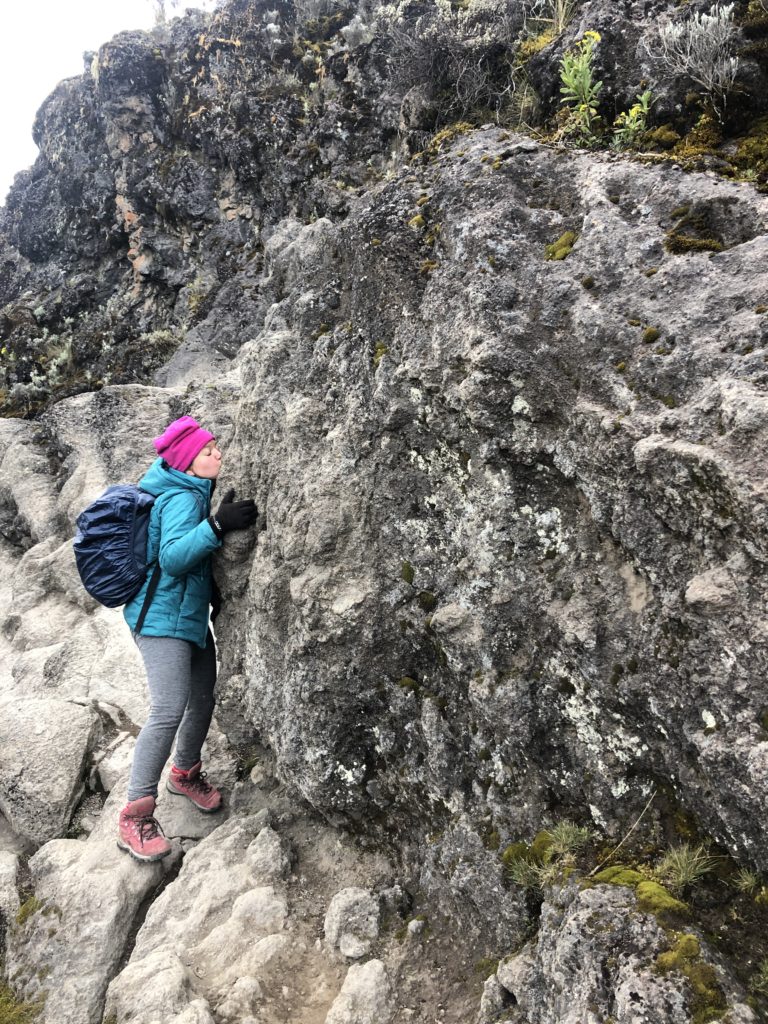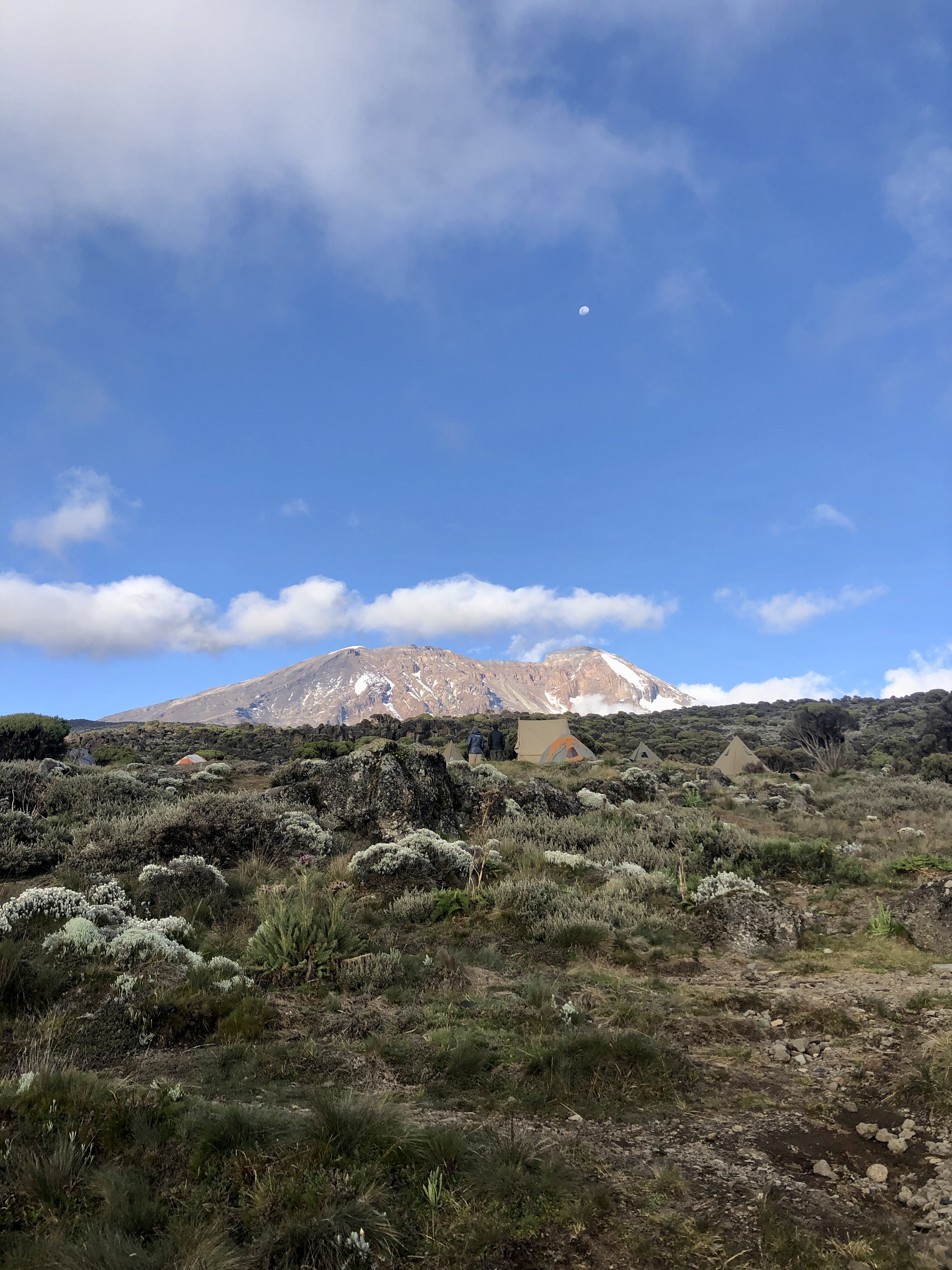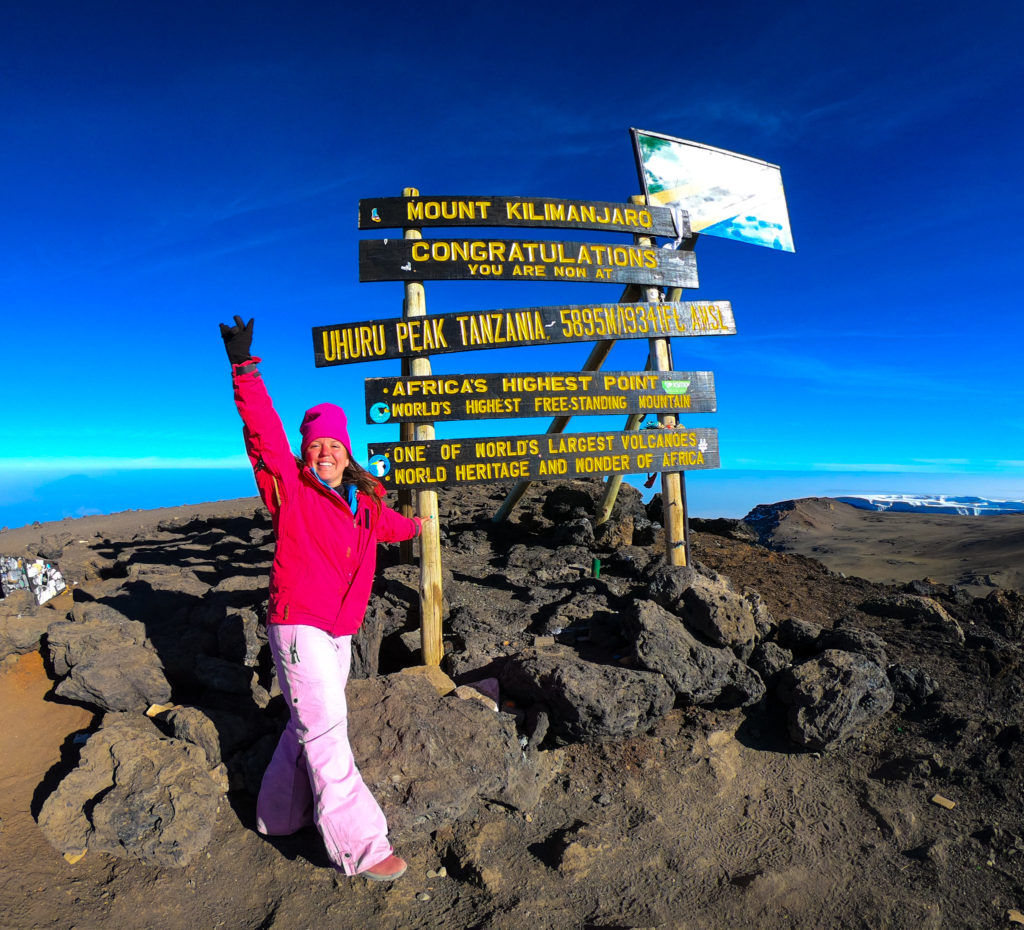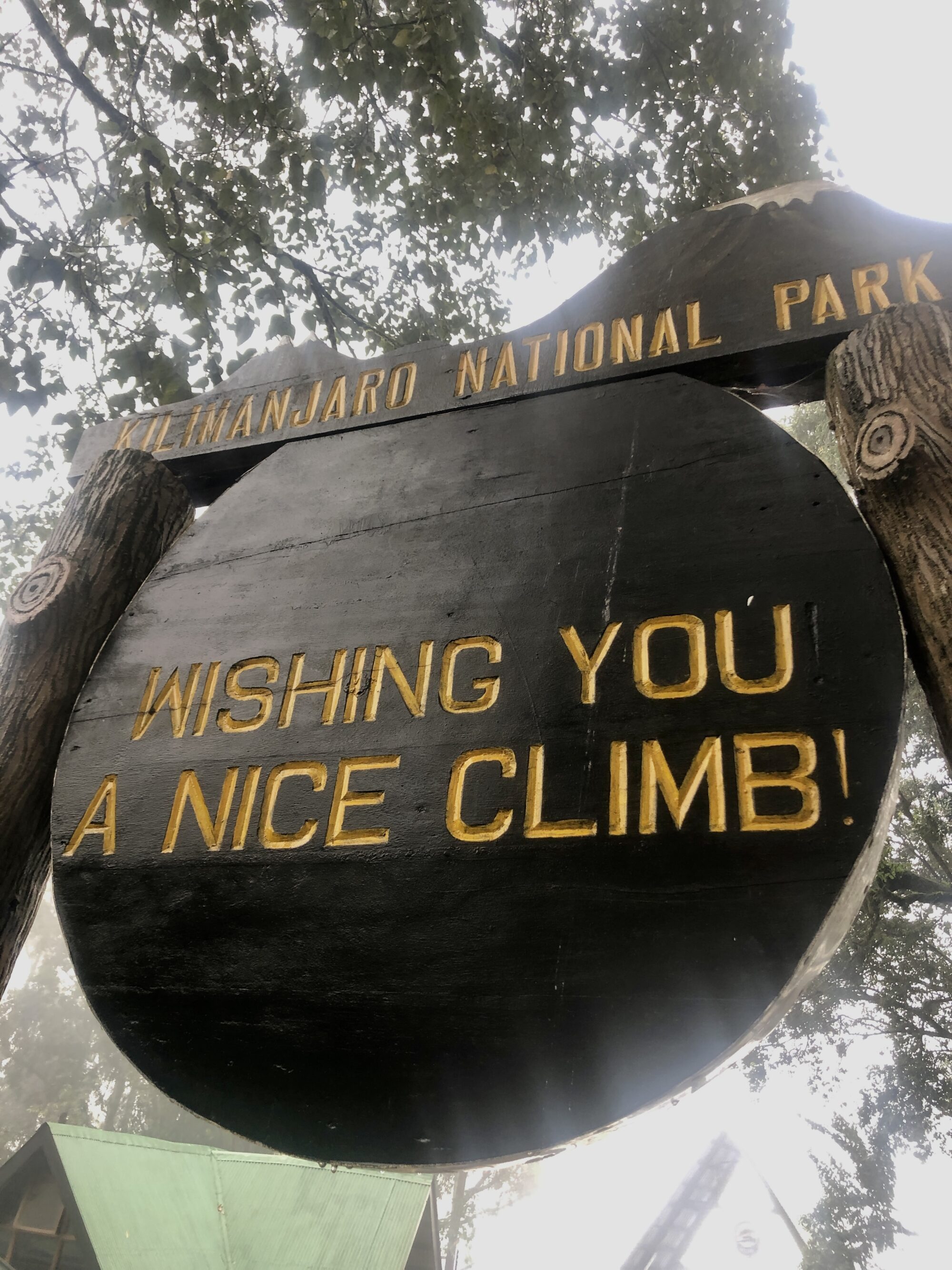Hiking Kilimanjaro is a notoriously difficult feat, so you’ll want to increase your chances of success any way you can. One of the best ways to ensure you reach the Uhuru Summit is by choosing the route that’s best for you. I’ve put together this handy list for those planning to tackle this major hike, but unsure of which route to take!
The Routes
There are six route options to take for Kilimanjaro. How do you decide which one to take? Below is a breakdown of each option:
Machame Route

Machame is the most popular route, and it is indeed the route I chose. It is either a six or seven day trek (depending on which one you choose; I chose six). The seven-day trek gives your body ample time to adjust to the altitude, and the six-day one obviously cuts into that a bit. It has a higher success rate than some of the other routes due to it being designed to help acclimatize your body. There are a lot of ups and downs (on days 2 and 3, I had to climb up for an hour just to climb back down). Machame is also considered the most scenic route on Kilimanjaro; everyday my eyes were treated with different scenery, and it was interesting to watch how everything changed due to the different levels of oxygen. You will have to camp outside every night with this route, so weather can play a big part in your success rate. Your descent differs from your ascent, making it even more scenic (though, the way down is not nearly as exciting).
Marangu Route

The Marangu Route, also known as “the tourist route,” is the only route where huts are provided for sleeping. This route is typically done in five or six days. The success rate of this route is low due to it usually being chosen by inexperienced trekkers who simply think it will be easy. Marangu is the cheapest option making it popular, but its ascent and descent are the exact same routes making it less scenic.
Rongai Route

The Rongai Route is slightly more expensive because it’s the only route that approaches Kilimanjaro from the north. While not as scenic as The Machame Route, this is the best route to take if you plan to climb during off-season as it tends to be drier. The rainy season of Kilimanjaro typically ranges from March-May and October-December. Rongai takes six or seven days depending on what you book. Seven is recommended for better acclimatization. The route is more remote as it is one of the least popular. The success rate is high and it is recommended for those with little experience.
Lemosho Route

If you’ve got some time and money to spend, the Lemosho Route may be the one for you! This is one of the longer routes (7 or 8 days) with no budget tour operators. If you choose Lemosho, just remember you will be sleeping outside for over a week, but your success rate will highly increase due to the time given for your body to properly adjust to the altitude. The Lemosho Route connects with the Machame Route, making it a little more crowded. You have a good chance of seeing wildlife in the first two days of the trek.
Shira Route

The beginning of the Shira route is a bit different. You either walk along a road (aka not very scenic) or you drive up as far as possible. This doesn’t give your body proper time to adjust to the altitude which increases your chances of getting sick. If you live somewhere like, let’s say, Colorado or Cusco, you may be okay. But otherwise, I would probably not choose this route. It is one of the more expensive options and typically done in six or seven days. Like the Lemosho Route, Shira connects with Machame making it a bit more crowded.
Umbwe Route

The Umbwe Route is the most difficult and demanding of all of the Kilimanjaro routes, which apparently makes it more rewarding (I wouldn’t know, I didn’t use this one!). The first two days are so steep that there are tree branches to help you, which you can basically use as steps and handle bars. You meet up with the Machame Route at Baranco Camp on your second night; typically climbers on other routes reach Baranco camp on night four, just to give you an idea as to how steep Umbwe Route is. This is a perfect route for a highly experienced hiker looking for the ultimate challenge.
If you have any questions about which routes to climb, I highly recommend you talk to Matty at Home Africa Adventures. They are an incredibly affordable and helpful tour company with amazing success rates and an even more amazing staff!

Pingback:Everything You Need To Know About Hiking Kilimanjaro – No Man Nomad
Pingback:How To Go An African Safari On A Budget - No Man Nomad